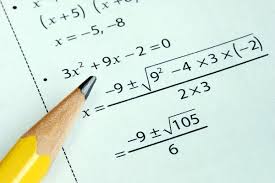
Math at Mass Academy is a lot different from a traditional math class. There is a heavy focus on building problem-solving skills through challenging math problems. We have covered various topics such as base conversion, summation, and parametric equations, which have all helped in developing these skills. Additionally, real-world problems that require the use of math are also a big topic in the class. Skills such as statistical testing are taught for this purpose. To test these skills, there are traditional assessments, group projects, and also group-based math competitions that require mathematical modeling of real-world scenarios.
One of these competitions is the Modeling The Future Challenge (MTFC) where students use their mathematical skills to model a solution to a real-world problem. My group’s topic of choice is to develop a mathematical model that can reduce the risk of cyberattacks on businesses. To complete this task, we first completed our project proposal. We identified potential damages because of cyberattacks and. datasets that describe recent cyberattacks. Afterward, we narrowed down what a model that mitigates cybercrime risk should achieve, and what our potential recommendations to businesses can be. Our project proposal is linked to the right.
One of our group projects was the Epsilon School modeling project, where group members and I had to create a solution to a realistic scenario. The Epsilon School of Math and Science’s student population is going to increase from 490 to 630, and the incoming class will have 140 more students than the senior class. 7 new teachers will be hired due to this growth, and it is our job to figure out which departments need these teachers the most, and how they should be divided. To create our solution, we used tactics such as spreadsheet analysis, linear regression, and ratio minimization. Our presentation containing our process and solution is linked to the left.
